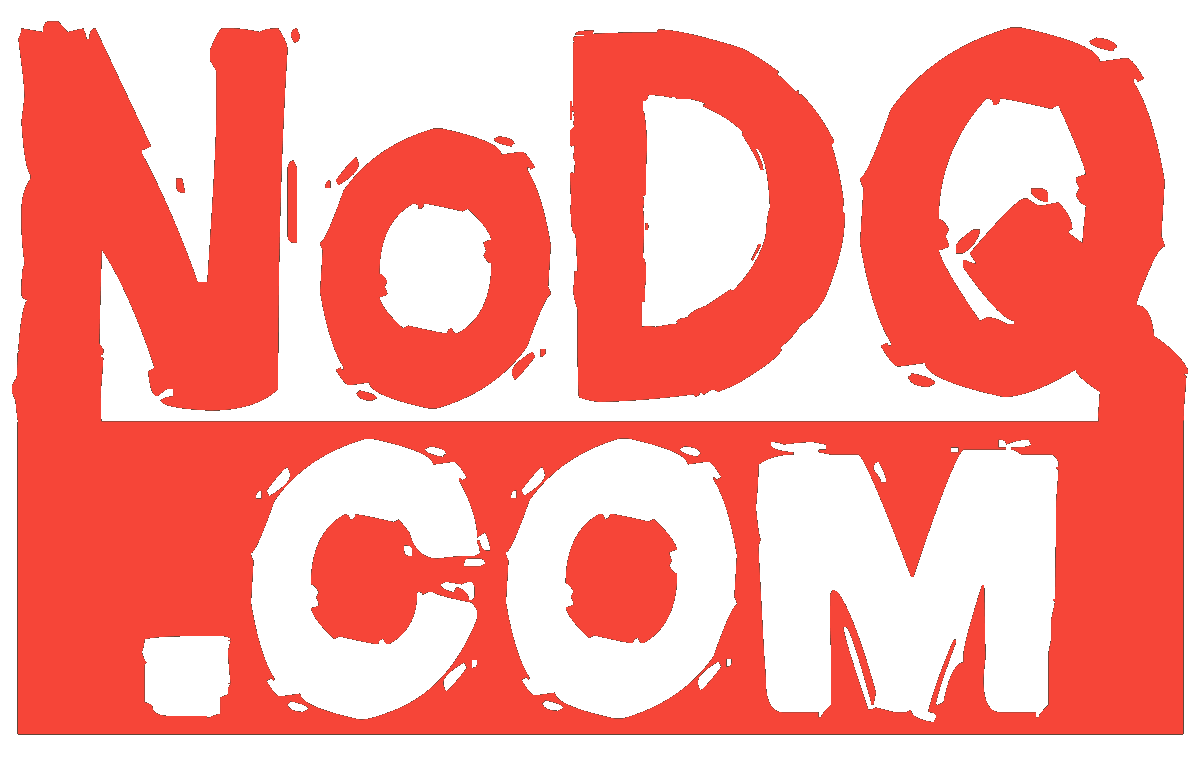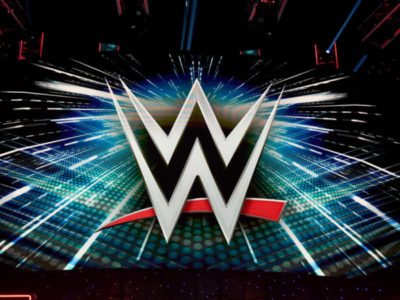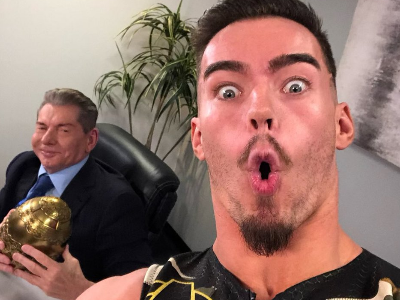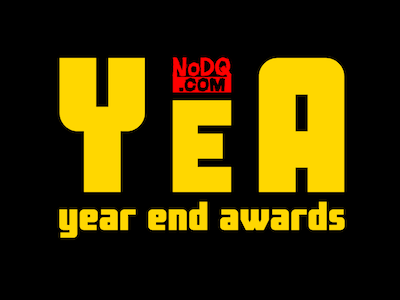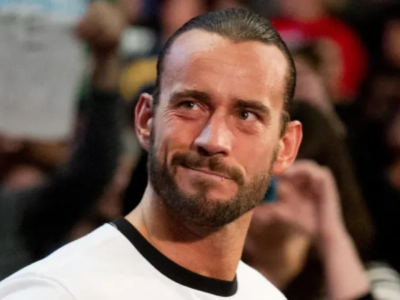T5W: Defining Wrestling Psychology | Storytelling in a Match

Welcome back, dear reader. This is the second installment in a three-part series that dives into the misconceptions of wrestling psychology. Part three will involve ‘character’.
In regard to last Last week, we looked into the psychology and defense of flashy move sets. More than anything, the consensus was that a high-flying move set doesn’t automatically equate to bad wrestling psychology.
However, with many comments came the caveat: “…but you need to tell a story.”
And this is the challenge I am presented with today. But a challenge that is easily met with one simple idea: There is no universal standard of storytelling in various mediums or performance arts, hence, there is no universal standard for wrestling psychology.
The issue with wrestling psychology is that it can look different for everyone. What may get a WWE fan emotionally invested, may be completely boring to an AEW fan; and vice verse. At the end of the day it comes down to this:
If the crowd is reacting positively to what’s happening inside the ring — then it’s working.
–
But for the sake of argument, let’s all agree on a few simple cogs to the storytelling machine in professional wrestling. Any solid storytelling in any given match usually involves:
-Selling
-Strategy
-Emotion
-Storyline(s)
You don’t necessarily need all of these for a great match — but many of the greats all contain these elements to a certain level. How the story is told isn’t as important, as long as it carries these elements with it.
Why am I saying this, though? Isn’t there a formulaic all-encompassing way to tell a story?
No. There isn’t.
My belief is that some often confuse wrestling styles with wrestling psychology. Case in point: Puroresu and Lucha Libre.
–
Psychology of Puroresu
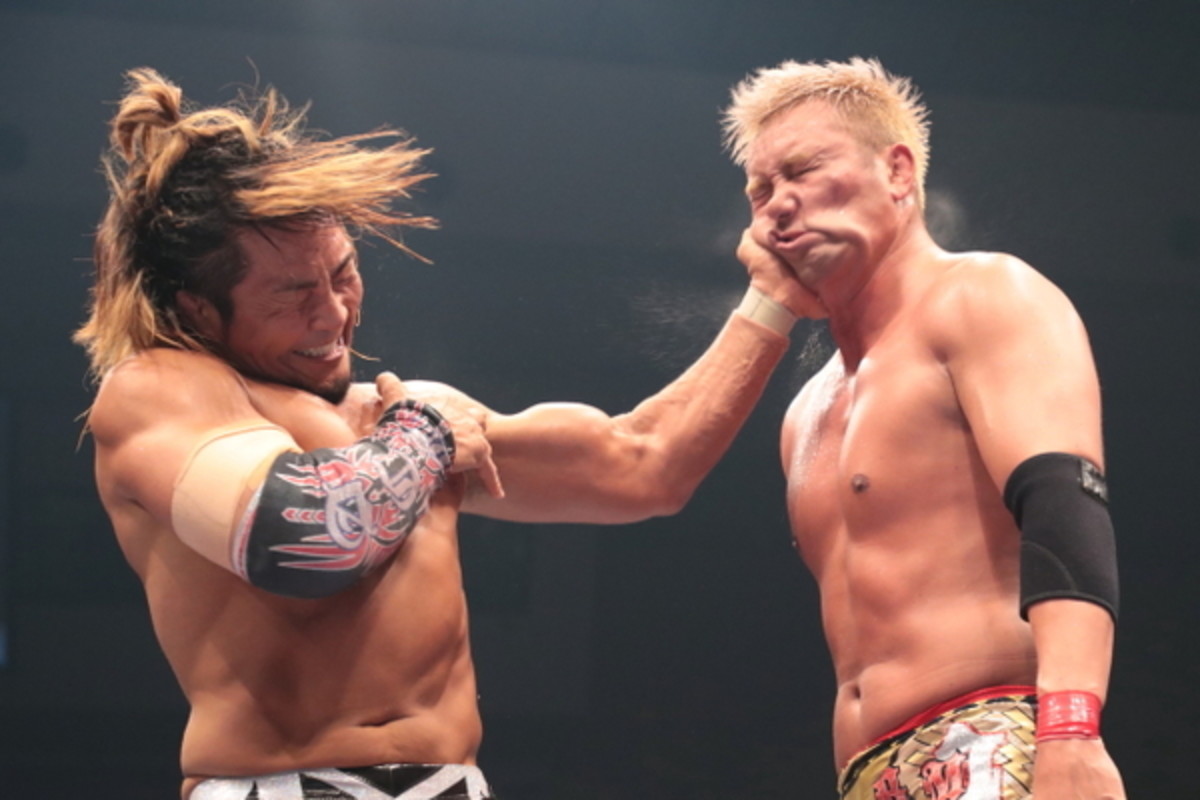
Pro wrestling in Japan hits differently (literally).
Unlike the slam-bang western style, wrestling in Japan is, to this day, still very much treated like a legitimate sport. The psychology behind most matches of this nature revolve around the notion that nothing else matters but the end goal of winning.
Kenny Omega sums up the psychology behind this sport overseas:
“…The battle of the heart of man, and it’s not how hard your blows are, it’s showing the never say die attitude of the human spirit, and as long as it looks like you’re fighting to give it your all, people will believe.” – Kenny Omega
If you’ve heard the term “Fighting Spirit”, it’s likely come with the psychology of puroresu. Often you may see veterans complain that getting back up to deliver a counter-offense to a move they just received is a “lack of selling”. When it comes to puroresu, this can be instead perceived as “Fighting Spirit”.
Japanese wrestling fans want to see toughness. They respect and appreciate the grit of a talent and what punishment they can be dealt by their opponent yet still get back up. This speaks to the Japanese culture of pro wrestling.
But it’s the “keep getting back up” nature of this psychology that I believe many fans miss when watching a puro-influenced western product. This also plays into the perceived “over-choregraphed” aspect of some matches — as often you may see opponents going move-for-move and counter-for-counter, as if you’re watching a choreographed scene from an action movie.
But this is technical wrestling at its core. You should study your opponent, you should want to counter, and in a case where two high-octane offenses are competing, such technicality may move a bit quick.
Furthermore, “Cheating for heat” is mostly absent in Japan sans a few characters, as the objective is to WIN. So you’re getting a lot of offense (and less taunting) in any given match. It’s my belief that this entire dynamic may throw off western audiences a little.
A story is being told — but it’s not told in a way that’s familiar to casuals.
–
Psychology of Lucha Libre
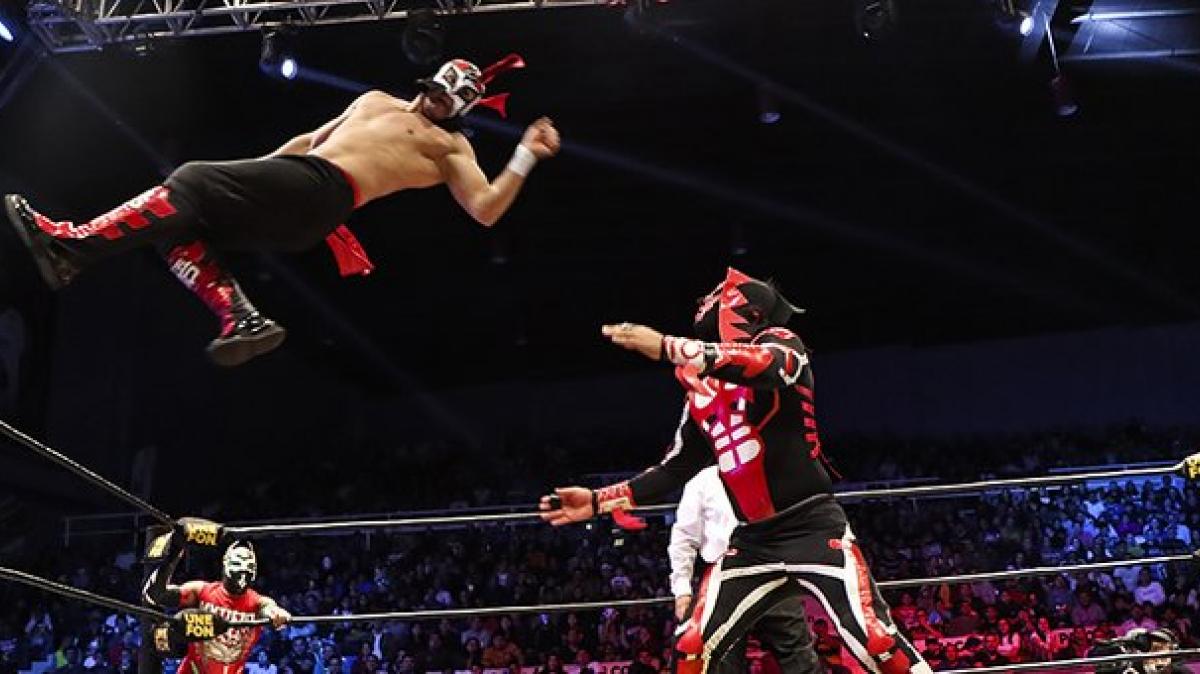
Lucha Libre is steeped in deep tradition. We all know the importance of “Mask vs. Mask” or “Hair vs. Hair” matches — or that Lucha Libre stars still keep kayfabe outside of the ring and wear their masks out in public.
But as for the match itself — a lot of this style is presented in a manner of shifting momentum. These are superhero-like characters competing in colorful outfits in efforts to awe the crowd in attendance. Shifting momentum, or exchanging offense move sets, may look like talents are just “getting their moves in”. It may just look like one flashy high flying move after another.
…but within the culture, it’s a part of a larger picture. These are two larger-than-life superheroes/supervillains exchanging powerful offensive maneuvers. You can even compare this to a video game like Mortal Kombat or Street Fighter.
Aside from match style, there is a focus on “old school” heat between rudos (heels) and técnicos (faces). This is done really well in Mexico, and contributes to the overall story of any given match when the crowd is so strongly involved. Often times, the crowd will become just as part of the story from an emotional aspect than the technical match itself.
Like Japan, we must take into consideration that not only is the culture different, but because of such, the storytelling will be different as well. Which brings me to the following question.
What happens when you combine all the styles?
–
The Psychology of AEW

You knew I was headed here eventually, right?
WWE has developed a very specific style over the years. It’s well-trained, meticulous, and very formulaic. But it works. I can’t deny that.
If you look up the “7 Deadly Steps” of basically every WWE match, you’ll see what I mean. Al Snow outlines this well in an interview, as this was taught in OVW and FCW to new talents. There is a “WWE Style” — and to the untrained eye, you may never realize that almost every Monday, Tuesday, and Friday night, you see this on repeat.
In AEW, Khan instead focuses on bringing together the various styles around the globe. It’s not just Lucha and Puro, but Crockett-Old School, British Strong Style, Deathmatch, Dragon Gate, and even WWE in some of his talent formerly employed with said company. A lot of his talents have worked different countries, or are straight up from different countries.
The Independent scene is a melting pot of so many styles of pro wrestling, and when many of them ended up in AEW, they brought the melting pot with them. When you take a look at the AEW roster, it’s packed with so many unique styles that simply differs greatly from what casual audiences are used to.
–
(Example) The Elite/Death Triangle Best-of-Seven series
This was criticized by some western psychology purists as being anything but. However, when you examine the styles, you do gain a story:
The storyline through this series was that PAC was urging Death Triangle to cheat their way to a series victory after it worked multiple times throughout (much to the dismay of Rey Fenix). A mini-angle involving an injury to Nick Jackson began during the fourth encounter, which was sold through the rest of the series.
During every match the teams started to become very familiar was each other: More counter-offensive moves, along with higher intensity, meant an eventual pay off in the seventh (and most violent) match. There was a clear storyline throughout, as The Elite had to overcome Death Triangle’s cheating ways within the series.
The entire series combined Puroresu, Lucha Libre, Slam-Bang, and a little hardcore wrestling all sprinkled into one. If one doesn’t understand these styles, this all may look foreign to them. But you want to know the most important part?
The crowd ate every single bit of it up. And THAT is what you want to accomplish in every wrestling match. You want that crowd investment and emotion — and the series did just that. Selling | Storyline | Strategy | Emotion — the series had it all.
At the end of the day, if the fans are invested (one way or another), that’s all that truly matters.
–
Going Home

What I believe is happening with many over-analytical fans is that they’re confusing story quality with story presence. Sure, the Rhodes/Reigns storyline writes itself, and it will no doubt win the emotions of many fans. But Orange Cassidy vs. Wheeler Yuta from Dynamite last week told a story between two former friends.
Is it subjectivity as well-written out as Reigns/Rhodes? Of course not. Are the stakes and emotions as high? Not even close. But is there still a story there? Yes.
At the end of the day, wrestling psychology becomes this really misused term to encapsulate anything that doesn’t fall into one’s own personal preference. It’s perfectly okay not to like a Young Bucks match due to personal preference. However, if the story they’re telling doesn’t line up with the formula you’re used to, it doesn’t mean that no story is told at all.
Perhaps it’s best to simply say “I just don’t prefer this type of storytelling” instead of trying to speak to wrestling psychology — which is extremely subjective per fan. If you want to say “Meh, AEW doesn’t book good storylines” — that is 100% your right. But that’s not the same as accusing their matches of having no ring psychology (as if every WWE match does).
All in the same, I don’t prefer WWE’s way of telling stories. To me, every match looks the same, and we’re not getting the quality in-ring product many of these athletes are capable of. It’s safe and palpable to a casual mainstream audience. It’s just not my cup of tea, and that’s okay — but I won’t sit on a high horse and accuse them of not telling stories in their matches.
TL;DR
Regardless of styles, most modern matches carry some level of storytelling with it.
It takes a bigger person to be honest with themselves to sort out what styles they prefer, and how they prefer their stories to be told. There are a plethora of ways to do it, and different wrestlers in different styles will tell these stories different ways.
So it’s up to the fan in question whether or not to choose to pay attention to the styles and intricacies of said match to gauge a story out of it. In most cases around the world — a story is there. I guarantee it.
Next Week: Character Development
-T5W
t5wrestling@proton.me
